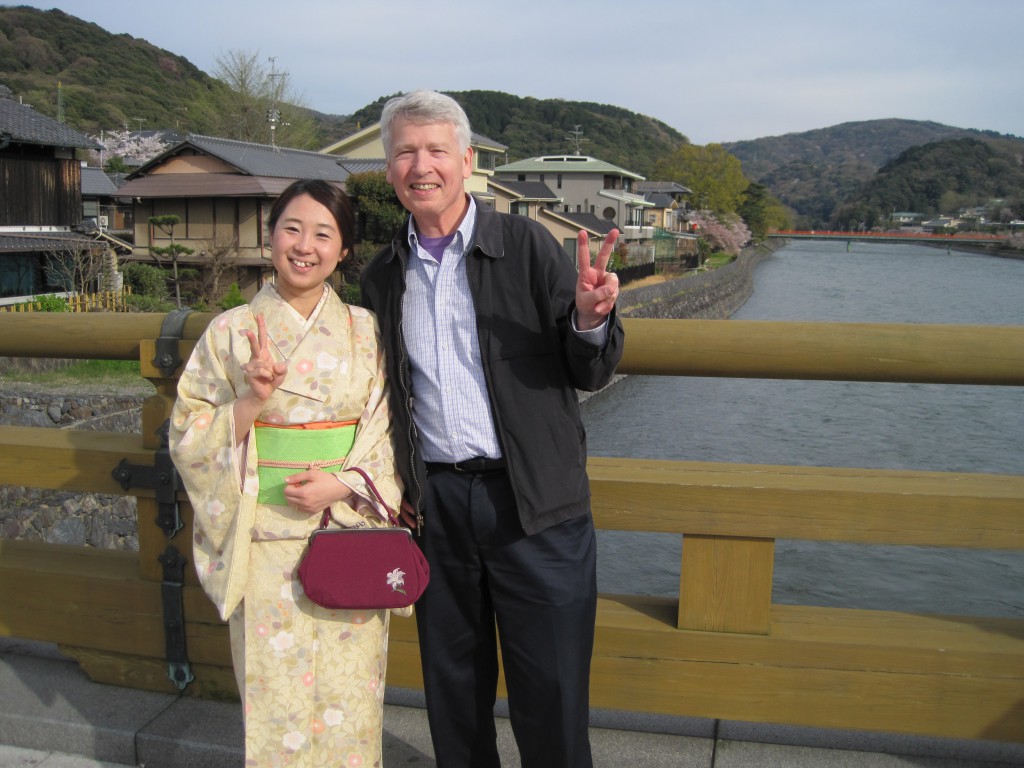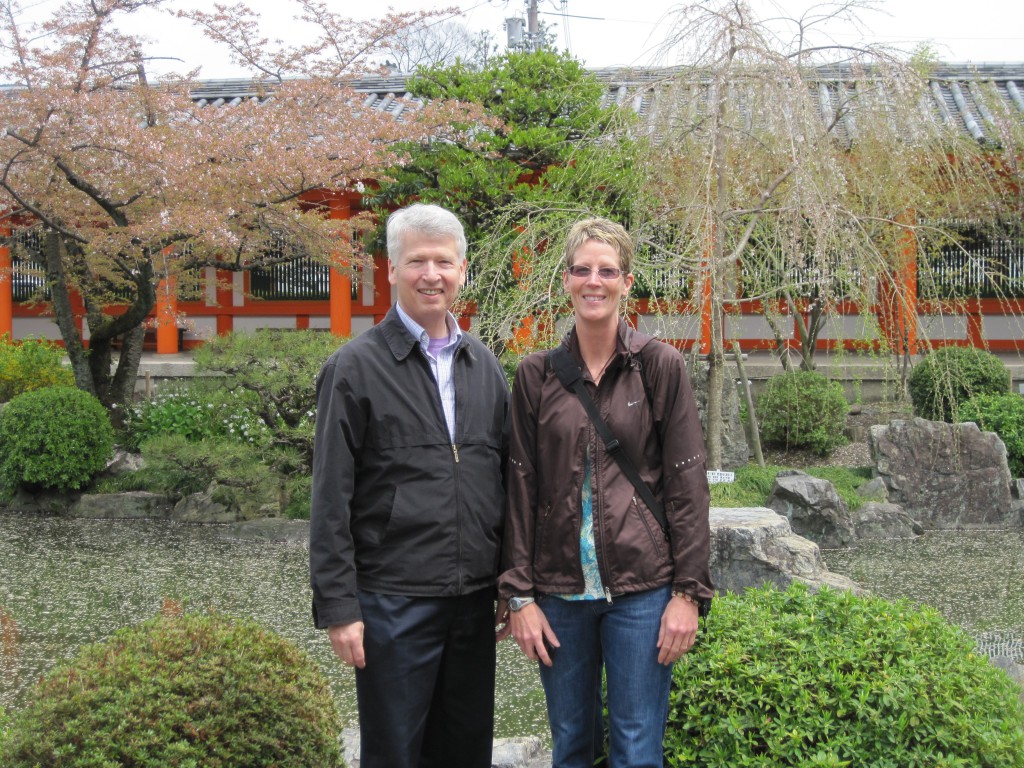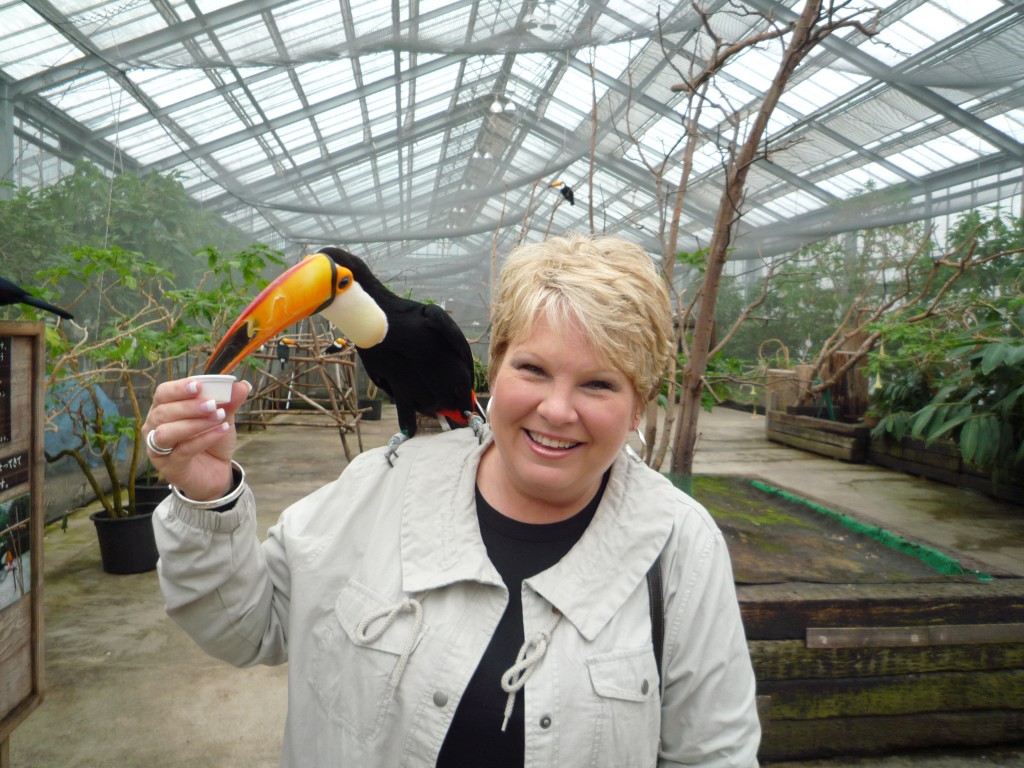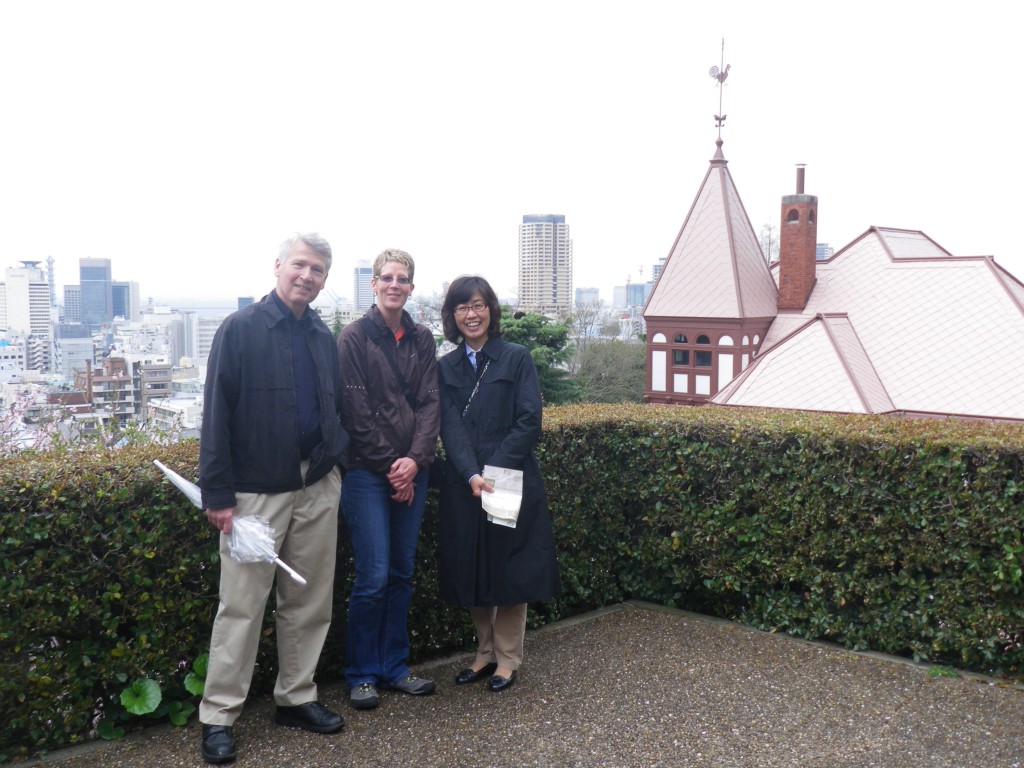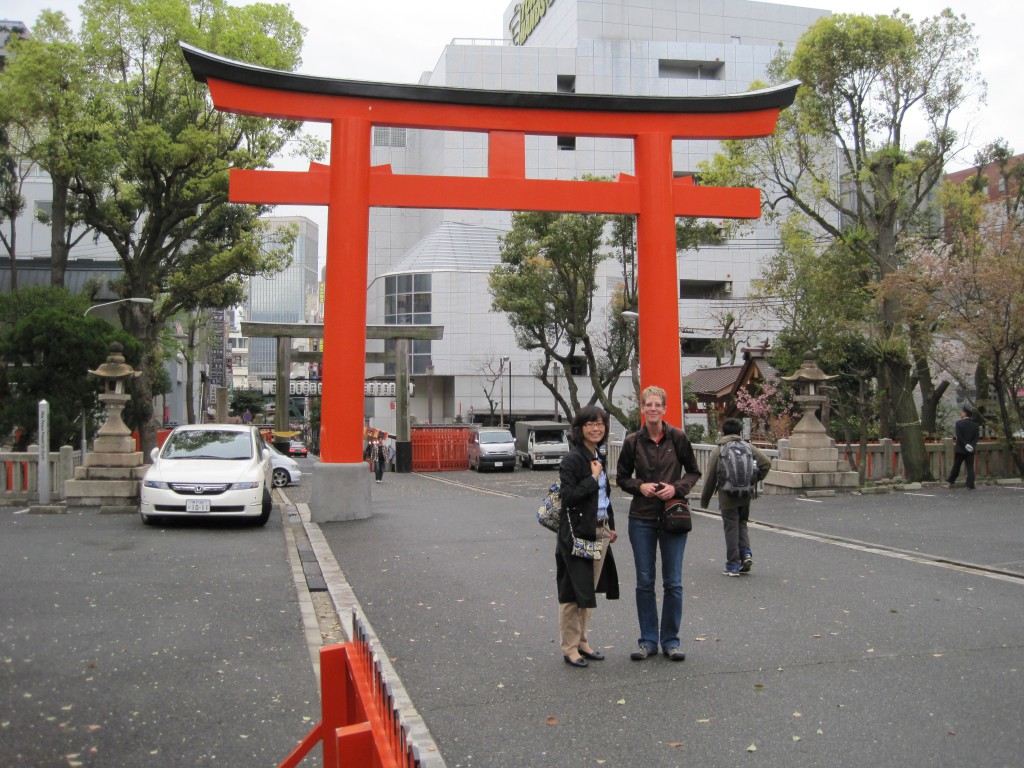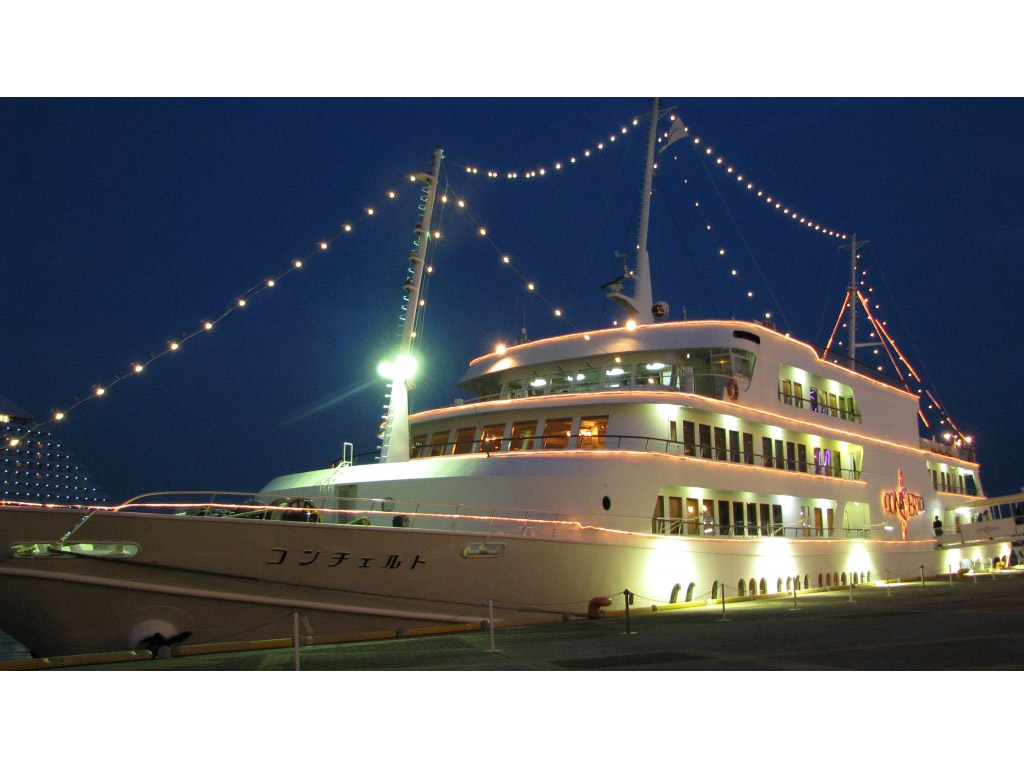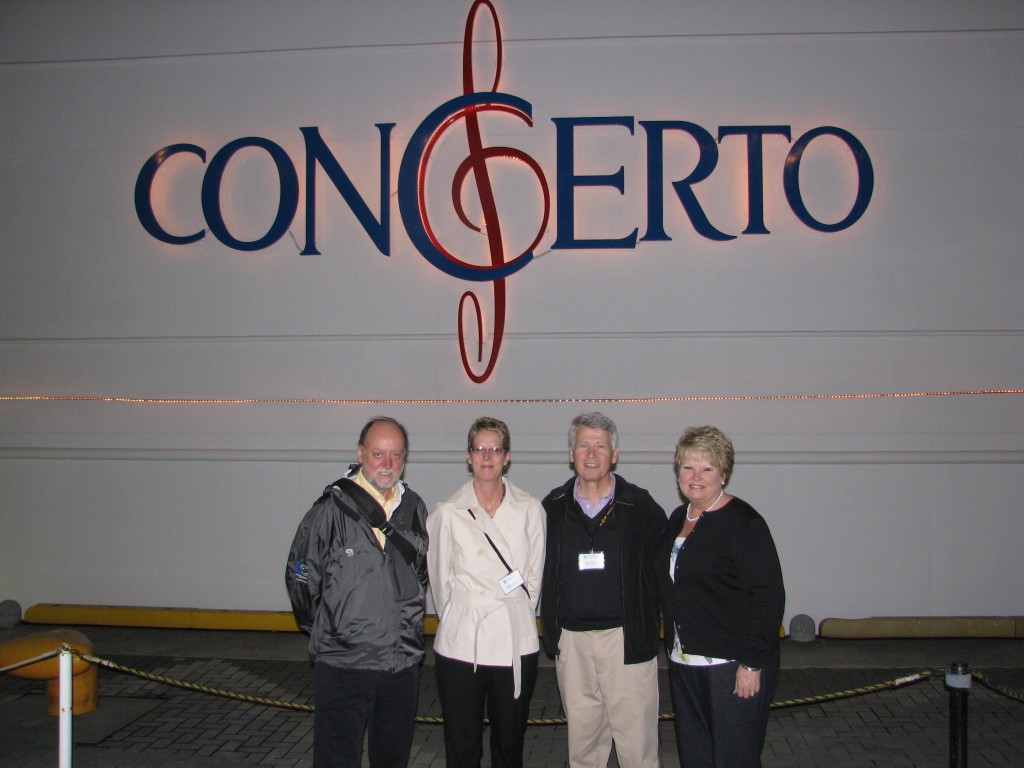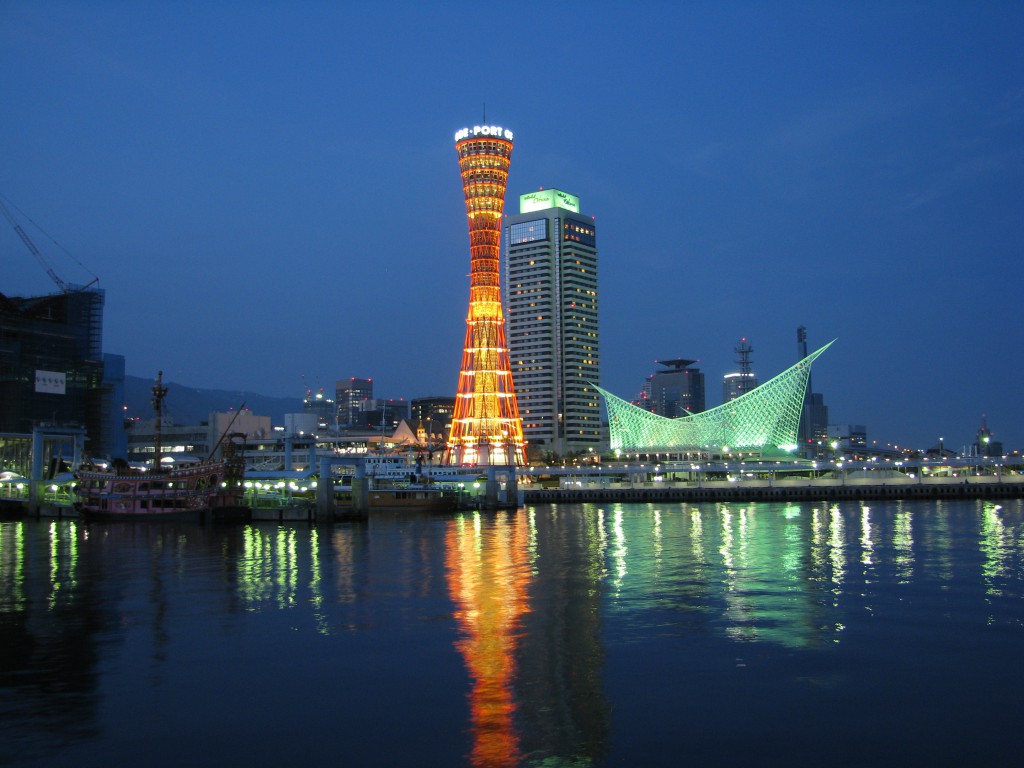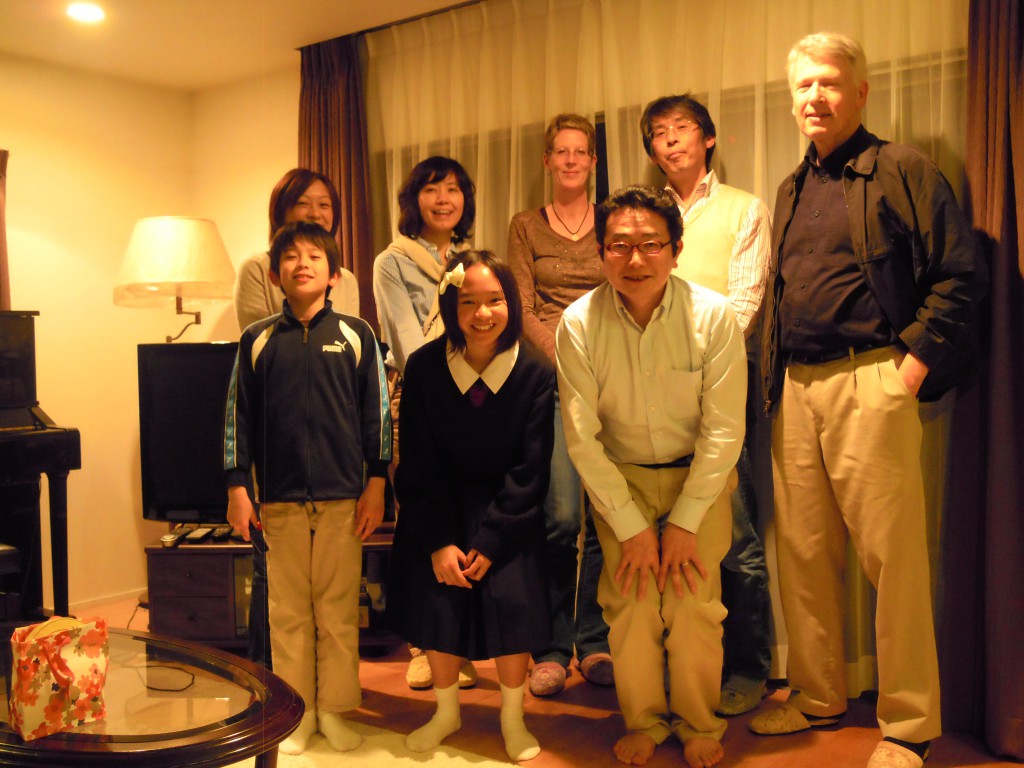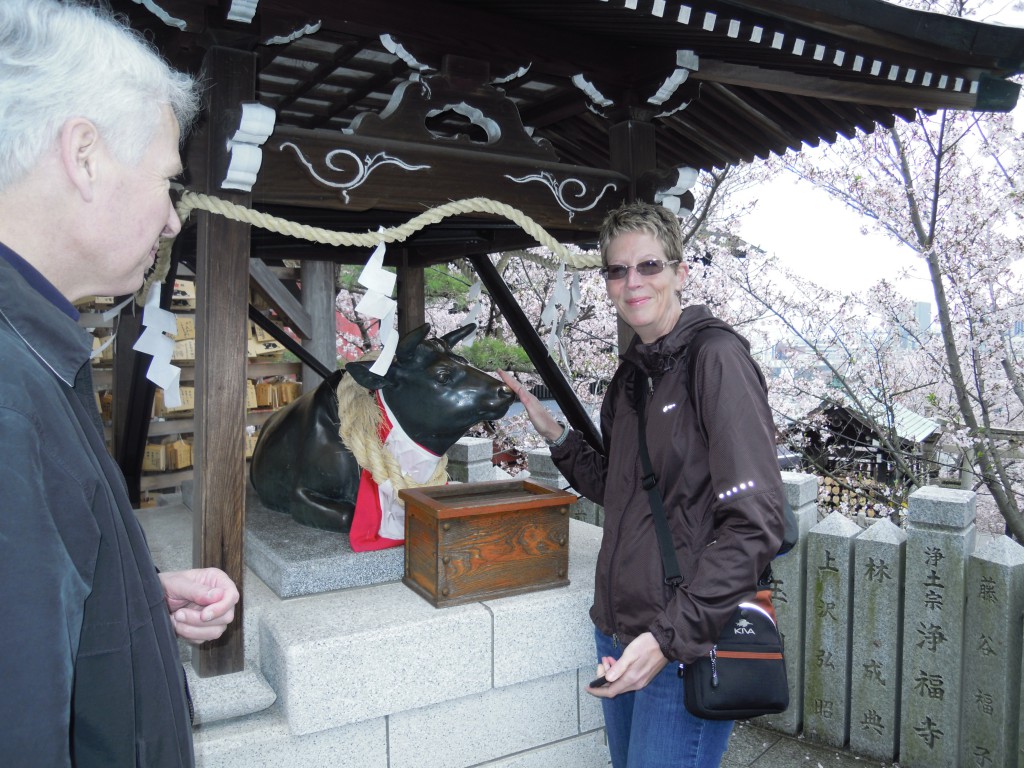News and Announcements
Final IESP Meeting – Kobe, Japan
From April 11th to April 13th in Kobe, Japan, the RIKEN Advanced Institute for Computational Science hosted the last scheduled meeting of the International Exascale Software Project (IESP). The siting seemed very appropriate. RIKEN is the home of the K computer, currently the fastest supercomputer in the world, while the IESP is an international collaboration, including all the major segments of the HPC research community. This community has come together over the last three years to stage a series of meetings to explore and plan for the revolutionary software infrastructure that tomorrow’s extreme scale systems will require.
Since the IESP has played a significant role in stimulating the development of next generation (i.e. “exascale”) computing programs in several parts of the world, the one hundred and two attendees at the meeting were gratified to get reports on the progress that these countries and regions —Japan, the EU, China, and the US— have been making along the road to exascale. Participants also expressed strong support for continuing the kind of international cooperation on HPC software infrastructure that the IESP inaugurated, although the form that such a collective effort will take remains to be determined.
ICL Infrastructure Changes
With the EECS’s departure from Claxton, we will be changing our subnet of IP addresses. Our domain will also change from icl.eecs.utk.edu to icl.utk.edu over the next month. Note that this will also affect how you log in to machines, so be sure you’re using the correct domain path. This will not affect your EECS e-mail address. No precise date has been set for this transition, so keep an eye on your e-mail inbox for exact details.
In addition to the changes mentioned above, ICL’s IT staff will soon begin testing Google Apps as an alternative to the Microsoft Exchange server. Legacy EECS mail users will have to choose one of these options (Google or Exchange) in the next year, as the departmental IMAP server will be phased out and only serve e-mail forwarding.
SC Due Dates Revised
The paper submission due dates for this year’s Supercomputing Conference have been pushed back to May 4th, so plan your work accordingly.
 May 4, 2012 – Full Submissions due for:
May 4, 2012 – Full Submissions due for:
- Technical Papers
- Workshop Proposals
- Tutorial Proposals
- Panel Proposals
- ACM Gordon Bell Prize
- May 4, 2012 – Abstracts due for:
- SCinet Research Sandbox
A full list of due dates can be found here.
Conference Reports
CUDA Day at Stanford
On April 13th, ICL’s Mark Gates—along with several hundred others—attended CUDA Day at Stanford University. Jen-Hsun Huang, the co-founder of NVIDIA, gave the keynote talk which focused on the historical development of the GPU.
Later, roughly 20 researchers from various CUDA Centers of Excellence, universities, and NVIDIA had a Birds of a Feather session. One subject discussed at the BoF was how GPUs were enabling molecular dynamics applications to achieve simulations with much longer time scales. Members of the session also discussed how NVIDIA could better support and connect with researchers.
The meeting concluded with an expo and poster session which highlighted some the applications for which GPUs can be utilized.
ASEArch Workshop – Oxford, UK
ICL’s Mathieu Faverge took part in the ASEArch workshop on April 5th, held at the University of Oxford, in the UK. The focus of the meeting was to discuss the latest advances in developing algorithms and software for dynamic task execution and auto-tuning.
Samuel Thibault from INRIA gave a talk about StarPU, and Mathieu followed the talk with a presentation on dynamic task execution within MAGMA using StarPU. The afternoon was dedicated to presentations on compiler autotuning and machine learning. In all, there were around 30 people at the workshop, and Mathieu had some time to snap a few photos of Oxford for our viewing pleasure.
Recent Releases
LAPACK 3.4.1 Released
The LAPACK 3.4.1 release is now available for download.
This package contains:
- Improvements to the CMake build system.
- Other small bug fixes.
For a complete summary of changes, read the LAPACK 3.4.1 release notes. Click here for an overview of the CMake build system.
Visit the LAPACK web site to download the tarball.
clMAGMA 0.1 Beta Released
The clMAGMA 0.1 Beta is now available for download.
Release highlights:
- clMAGMA is an OpenCL port of MAGMA, intended for a single GPU.
- Contains OpenCL implementations for MAGMA’s one-sided dense matrix factorizations (LU, QR, and Cholesky).
- Extends MAGMA’s support to include AMD GPUs.
- The clMAGMA library dependencies, including optimized GPU OpenCL BLAS, CPU optimized BLAS, and LAPACK for AMD hardware, can be found in the AMD Accelerated Parallel Processing Math Libraries (APPML).
Visit the MAGMA website to download the tarball.
PAPI 4.4.0 Released
The PAPI 4.4.0 release with Blue Gene Q support is now available for download.
Release highlights:
- Adds support for IBM’s latest Blue Gene machine, the BG/Q; part of a three year collaborative effort between IBM and the performance tools community.
- First release from PAPI’s Git repository.
- Also includes bug fixes, code clean ups, and library updates.
For a complete summary of changes, check out the PAPI 4.4.0 release notes.
Visit the PAPI software page to download the tarball.
Interview
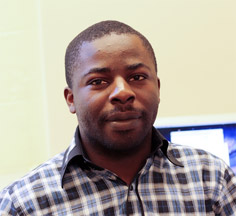
Simplice Donfack
Where are you from, originally?
I was born in Cameroon and it is where I grew up.
Can you summarize your educational background?
I did all of my primary and secondary studies in Dschang, a very small town in Cameroon. Then, I continued at the University of Yaoundé I, which is located in the capital of Cameroon. Due to the relations between my university and INRIA, in France, I had the chance to do my master 2 internship at INRIA, Saclay. After that, I was accepted to do a thesis as a part of the continuation of my master 2 work.
Where did you work before joining ICL?
I have just finished my thesis at University of Paris-sud in France. During my thesis, I used to work on methods and algorithms for solving linear systems of equations on future architectures—multicores in particular.
Tell us how you first learned about ICL. What made you want to work for ICL?
Through my participation in various conferences, I had frequent and active discussions with both former and present members of the ICL team, including Marc Baboulin, Azzam Haidar, Emmanuel Agullo, and Stan Tomov. Through these discussions, I was able to discover a dynamic and rigorous team which has many interests in multicore scientific application and optimization. Working at ICL appeared to me as a good opportunity to exploit and extend my knowledge in this area.
What are you working on while at ICL?
I am working on MAGMA. Specifically, I am working on communication avoiding algorithms for GPUs. Several authors in the discipline have pointed out that there are only small improvements in communication compared to the time that processors would take to perform arithmetic operations. So in the future, algorithms that do not minimize communications will spend more of their time communicating, and will become inefficient. On one hand, my work should lead to new stable algorithms that reduce communication between CPUs and GPUs at the price of a few redundant computations. On the other hand, I will work on new strategies for scheduling techniques that would enable a better collaboration between CPUs and GPUs on hybrid architecture.
If you weren’t working at ICL, where would you like to be working and why?
I am not sure I would be able to give the right answer. Since the beginning of my thesis, I was immediately interested in work on multicore, which is very active at ICL. It is very exciting to know that computer manufacturers are interested in what we are doing, and that we can contribute to the future of the industry. ICL was the ideal place for me due to the strong software designed here. Otherwise, I think I would have liked to work for a computer manufacturer, confronting the challenges posed by future supercomputers.
What are your interests/hobbies outside work?
I am passionate about science and new technologies. I like reading articles and scientific journals. For example, did know you that aliens visit us on the earth during our sleep? I am joking, but if I see a similar topic on the cover of a magazine I would not hesitate to buy it. Also, I have always wanted to ski, but never really had an opportunity. I hope that I have a chance now that I am in Knoxville.
Tell us something about yourself that might surprise people.
Usually after master 1, one can work at a company or continue in master 2. The company in Cameroon where I did the internship for my master 1 was so interested in my work that they allowed me to work at the company at the same time I was working through my master 2 course. So, I spent almost 1 year at an IT company where I could have done my career, but I had to change to continue in research. I consider that decision as one of the most critical decisions I have made in my life. I needed a job where creativity and innovation were better recognized and rewarded.

